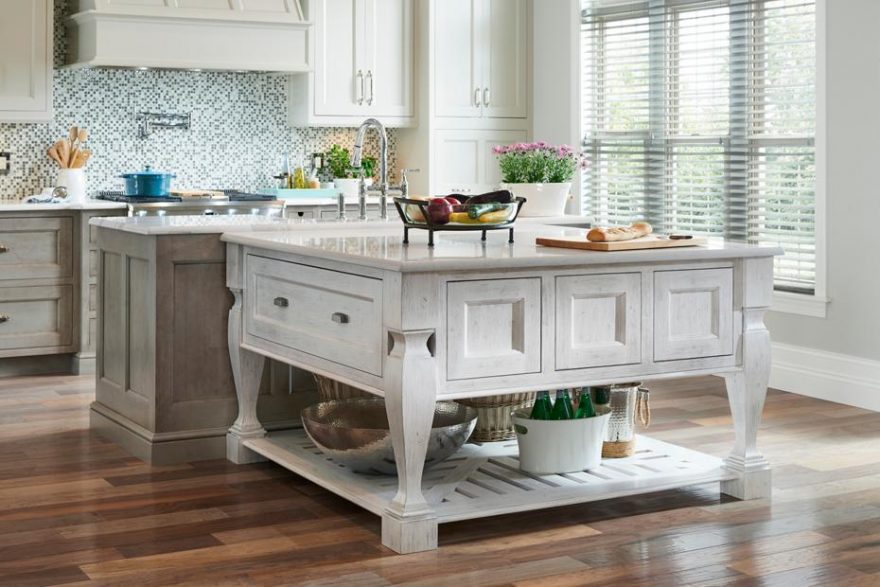Cutting-edge and Fashionable Designs in Modern Legs For Kitchen Island Solutions
Cutting-edge and Fashionable Designs in Modern Legs For Kitchen Island Solutions
Blog Article
A Guide to Picking the Perfect Legs For Kitchen Area Island for Your Home
Picking the optimal legs for your kitchen island is a nuanced choice that affects both the capability and aesthetic charm of this main space. Aspects such as elevation, materials, and design play a crucial function in balancing your island with the general cooking area design. Additionally, understanding the importance of security and upkeep can dramatically affect your choice. As you consider these aspects, it becomes noticeable that the right legs can transform not just the appearance of your cooking area yet also its usability for several years ahead. What specific functions should you focus on in this choice process?

Recognizing Kitchen Island Legs
When selecting legs for a kitchen island, it's important to comprehend their practical and visual functions in the overall layout. The legs function as a critical support group, ensuring stability and durability for the island, which frequently works as a workspace, eating area, or collecting place. For that reason, the selection of material and construction method have to be robust sufficient to endure everyday usage and possible wear.
Along with their structural responsibilities, legs contribute dramatically to the island's aesthetic appeal. They can enhance the kitchen area's style, whether with typical, modern, or diverse layouts. The elevation and percentage of the legs are additionally critical considerations; they must harmonize with the island's counter top height while guaranteeing comfortable seating for those using the space.
Moreover, the leg layout can affect the overall flow of the kitchen. Open, ventilated leg styles can develop a feeling of agility, while solid, significant legs might share an extra based and steady aesthetic - Legs For Kitchen Island. Comprehending these visual and useful elements will guide property owners in making informed choices that complement their kitchen area's style and improve its usability
Popular Styles and Materials
The selection of legs for a cooking area island encompasses a range of preferred styles and materials, each offering special characteristics that can improve both capability and aesthetic appeals. Standard legs usually exhibit elaborate information and workmanship, boosting classic cooking area designs.

Height and Stability Considerations

The legs of the kitchen island must provide appropriate assistance, guaranteeing that the framework can withstand everyday usage without wobbling or moving. Material choice plays a substantial role in security; steel legs, for circumstances, tend to use better strength compared to timber.
Matching Your Cooking Area Aesthetic
Selecting the ideal legs for your cooking area island goes past capability; it additionally plays a substantial duty in the total visual of the room (Legs For Kitchen Island). When picking legs, take into consideration the layout style of your kitchen.
Legs that match or contrast with your island's surface area and surrounding cabinetry can develop visual harmony or striking focal factors. Additionally, consider the surface of the legs; matte, glossy, or distinctive surfaces can significantly influence the general feeling of the kitchen area.
Setup and Upkeep Tips
Setting up kitchen island legs calls for careful interest to detail to ensure both security and aesthetic charm. Begin by selecting an ideal location for your island, guaranteeing it is level and has adequate space for activity. Use a stud finder to situate wall studs if you are connecting the legs to a wall or utilizing braces for added assistance. Mark the placement of the legs properly before boring. official website
When protecting the legs, make use of premium screws and, if needed, wood adhesive for added strength. For metal legs, make sure that you are making use of ideal anchors and tools to stop damages to your floor covering. It is advisable to check for levelness after setup, making modifications as required to stay clear of tottering.
Upkeep is equally essential for durability - Legs For Kitchen Island. Consistently examine the legs for any kind of signs of wear or loosening, particularly in high-traffic areas. Tidy the legs with an appropriate cleaner, avoiding rough products that may scratch the surface. For wooden legs, take into consideration applying a timber conditioner occasionally to preserve their coating. By adhering to these setup and upkeep webpage ideas, you can make sure that your cooking area island legs remain both functional and visually appealing.
Conclusion
In final thought, selecting the proper legs for a kitchen island demands careful factor to consider of height, stability, and visual compatibility. Ultimately, thoughtful leg option plays an important duty in elevating both the functionality and layout of the kitchen area room.
When selecting legs for a kitchen area island, it's essential to comprehend their useful and aesthetic duties in the general design. Open, airy leg designs can develop a sense of lightness, while strong, significant legs may communicate a much more based and stable aesthetic. The legs of the kitchen area island must give adequate support, making sure that the framework can withstand daily use without changing or tottering.Installing kitchen island legs requires cautious interest to detail to make sure both security and visual allure.In verdict, picking the ideal legs for a kitchen island necessitates careful consideration of height, stability, and aesthetic compatibility.
Report this page